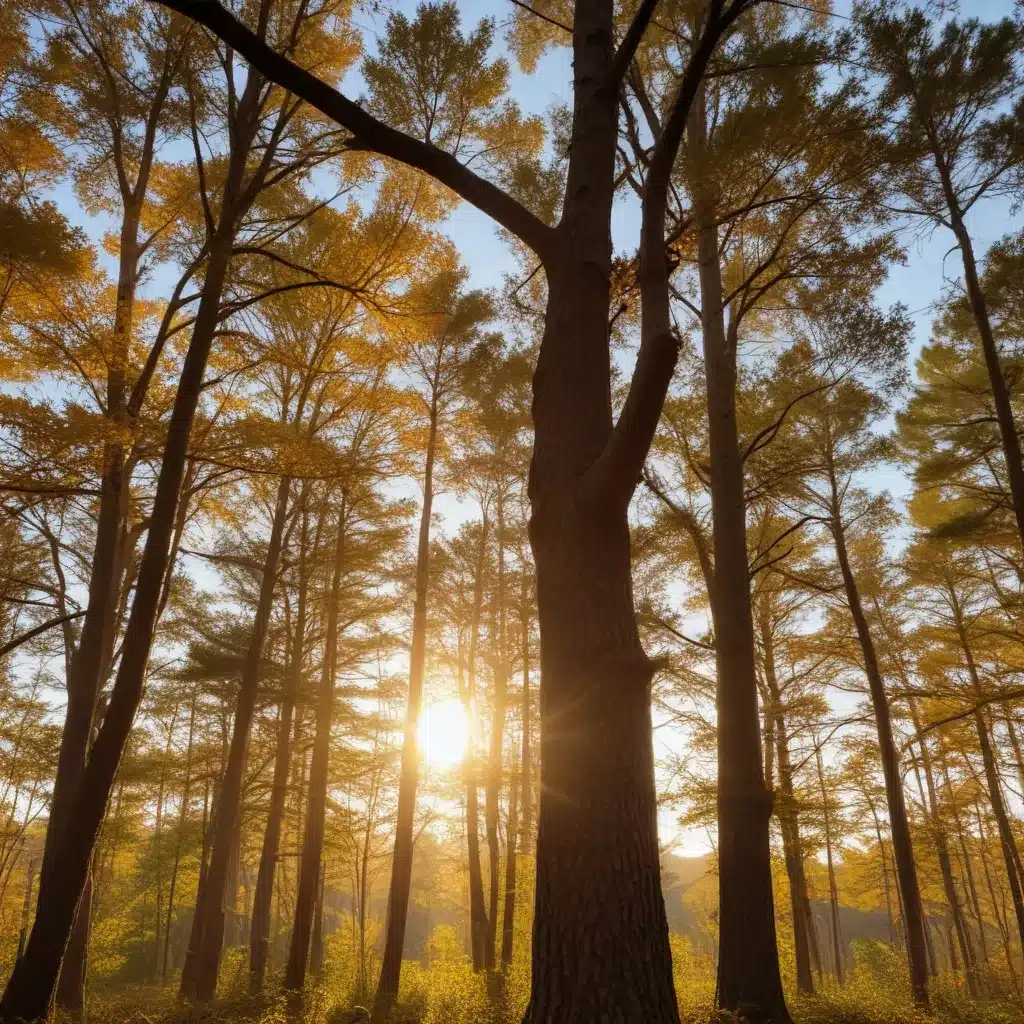
Equinox Observances
As the last hints of winter fade from the landscape, we at Crooked Pines Farm eagerly await the arrival of spring. The equinox marks the changing of the seasons, a celestial event that has held deep significance for cultures around the world for millennia. On the equinox, day and night are of equal length, symbolizing a balance between light and dark, warmth and chill—a portal to the greening and blossoming of the natural world.
At Crooked Pines, we honor this transition with a joyful celebration. Our community gathers around the firepit as the sun sets, sharing stories, enjoying seasonal treats, and welcoming the shift towards longer, sunnier days. It’s a time to reflect on the cycle of the year, express gratitude for the harvests and growth of the past season, and set intentions for the months ahead.
Honoring the Seasons
Across many belief systems, the equinox is seen as a sacred time—a liminal space between winter’s rest and spring’s renewal. For some, it marks the return of ancestral spirits or the beginning of a new year. Customs may include tending ancestral graves, making offerings, or rituals to encourage a bountiful season.
At Crooked Pines, we honor these traditions in our own way. We start by cleaning and decorating our sacred fire pit, weaving fragrant pine garlands and hanging colorful fabric streamers to festoon the area. As the sun dips below the horizon, we light the fire and gather ’round, sharing a simple but nourishing meal made from the last of our winter stores and the first signs of spring’s bounty.
Crooked Pines Traditions
One of our most cherished equinox rituals is the seed planting ceremony. Each family brings a small container of soil from their home gardens, which we mix together in a large communal vessel. Everyone then selects a few heirloom seeds to sow into the blended earth, symbolizing our shared hopes for the season ahead. The children especially love this hands-on activity, delighting in the promise of new life stirring beneath the soil.
Another tradition is the equinox egg hunt. We hide dyed eggs throughout the farm, inviting young and old alike to search for these colorful harbingers of spring. The eggs are later gathered and enjoyed as part of our equinox feast. The kids always get a kick out of this, their laughter ringing out across the fields as they scamper about.
As night settles in, we stoke the fire higher and settle in for an evening of storytelling, music, and stargazing. Some share tales of the equinox’s significance in their own cultural or family traditions. Others lead us in seasonal songs or poetry. And we always take time to gaze upwards, marveling at the celestial dance that governs our rhythms here on Earth.
Celestial Cycles
The equinox is, at its core, an astronomical event. As the Earth orbits the sun, there are two times each year when the planet’s axis is tilted neither towards nor away from our star—the spring equinox and the autumnal equinox. On these special days, the length of day and night are equal.
This balance is short-lived, of course. In the northern hemisphere, the spring equinox marks the moment when daylight hours begin to overtake the night, with the sun climbing higher in the sky each day. The opposite is true in autumn, when the sun’s arc declines and darkness gradually reclaims more of our daily cycle.
These celestial rhythms have profound impacts on life here on Earth. As the sun’s rays strike the planet at a more direct angle, the ground and atmosphere absorb and retain warmth, spurring the reawakening of dormant plants and creatures. Seasonal changes in temperature, precipitation, and day length trigger a cascading series of ecological transformations.
Nature’s Rhythms
At Crooked Pines, we’re attuned to these natural cycles. We eagerly watch for the first crocus and daffodil blooms, the buzzing return of pollinator insects, and the chorus of spring peepers in our ponds. Each phenological marker—the timing of leaf-out, bud break, and flowering—provides clues about the health of our local ecosystem.
As the equinox approaches, we observe the lengthening days and the incremental shifts in our farm’s landscape. The maple sap starts to flow, the fruit trees swell with buds, and the soil slowly thaws, ready to receive the first plantings of the season. Our winter cover crops fade, making way for the vibrant greens and blossoms of spring.
Tending to this cyclical dance is a core part of our work at Crooked Pines. We use regenerative farming practices, like no-till cultivation and companion planting, to work in harmony with natural processes. This helps us maximize the abundance of each season while nurturing the long-term fertility and resilience of our land.
Cultural Significance
The change of seasons has held deep cultural significance for millennia. Many ancient belief systems incorporated seasonal festivals and rituals to honor the shifting tides of nature. The equinox, in particular, was often seen as a liminal space—a portal between the old and the new.
Some cultures, like the Celts and ancient Egyptians, celebrated the equinox as a time of balance and renewal. Pagan traditions often included feasting, cleansing rituals, and honoring the cycle of the sun. For Indigenous communities, the equinox marked important harvest festivals and was woven into cyclical worldviews of reciprocity with the natural world.
At Crooked Pines, we draw inspiration from these diverse cultural practices, adapting them to our own community’s needs and values. Our equinox celebration is a chance to cultivate gratitude, interconnection, and a sense of place—to ground ourselves in the rhythms of the land we steward and the seasons that shape our lives.
Whether you join us at the farm or observe the equinox in your own way, we hope you’ll take a moment to connect with the natural world and all it has to offer. May the lengthening days and stirrings of spring fill your heart with wonder and hope for the season ahead.


